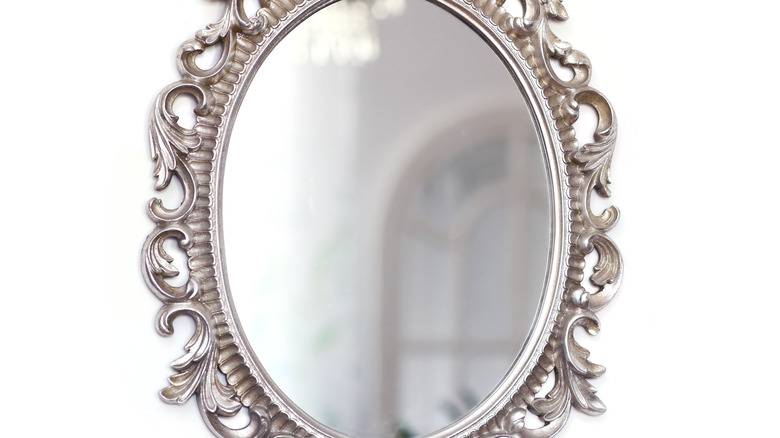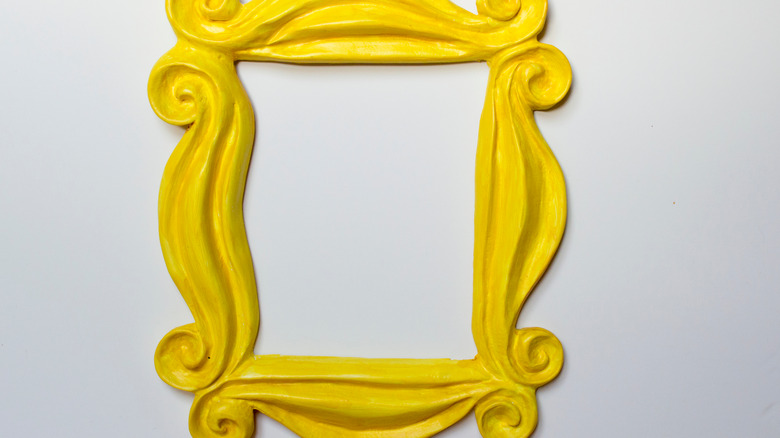The Cultural Significance Of Covering Mirrors After Death
Funerary customs differ vastly across cultures, and those differences in how different people groups bury and mourn their dead are often driven by religion. Further still, different cultures within different religions will also practice their own funerary traditions, which may be different from those of people of the same religion but in a different part of the world. For example, as Cremation Resource notes, some Christians believe steadfastly that the believer should be buried, believing that their physical body will be resurrected when Jesus Christ returns. However, other Christians opt for less-traditional final arrangements, such as cremation. The Bible, for its part, is either silent about the topic or ambiguous about it, depending on your point of view.
For centuries, some cultures have invoked the practice of covering mirrors for a period of time after a loved one dies. As end-of-life planning website Cake notes, it's a tradition in both Judaism and in Catholicism, although in the latter faith, this practice is largely limited to one specific people group. And the roots of this tradition go back thousands of years, likely to the ancient Greeks and Romans.
The Mirror and Superstition
Mirrors as we know them — which is to say, those composed of glass with one side painted silver — only go back about 200 years, having been invented in Germany in 1835 (via SCI Planet). However, reflective surfaces — a bit of smooth metal, for example, or the surface of a stream — predate humans' arrival on this planet by millions of years. And many human cultures have used reflective surfaces for divination and the like, according to Cake.
The ancient Romans, for their part, believed that reflective surfaces were vehicles through which the gods could observe the souls of humans, and to damage or deface one was considered extremely disrespectful (per the University of South Carolina); this superstition may have led to the belief, in Western cultures, that breaking a mirrors brings a period of bad luck. The Romans set a precedent for tying the mirror to the human soul, and two thousand years later, that belief manifests in several people groups covering mirrors following the death of a loved one.
Covered Mirrors In Judaism and Christianity
In Judaism, the death of a loved one is followed by a shiva — a seven-day period of mourning (via Sinai Chapels). During this time, mourners do not shave or apply makeup as an expression of the belief that focusing on one's own personal appearance is not important during a time of mourning. Similarly, during a shiva, mirrors are covered; not because of any link between Roman superstitions and belief in their connections to the human soul, but, as the website explains, "as a way to remind us the observation of shiva is not about ourselves but rather a time to concentrate on the deceased. The concept of vanity is shunned as this is considered a time of self-reflection, to concentrate on one's inner self and not outward appearances." However, Cake also notes that the Jewish religious text the Talmud teaches that the soul can enter through reflective surfaces.
Various Christian groups also cover mirrors after a loved one's death, according to Cake. For example, some Irish Catholics turn the reflective surfaces of mirrors toward the wall "to hide the physical body from the soul." Some Polish Catholics cover their mirrors "so the soul isn't trapped," and some Russian Orthodox Christians cover mirrors in their home with black cloths "to ease the deceased's journey into the afterlife."


